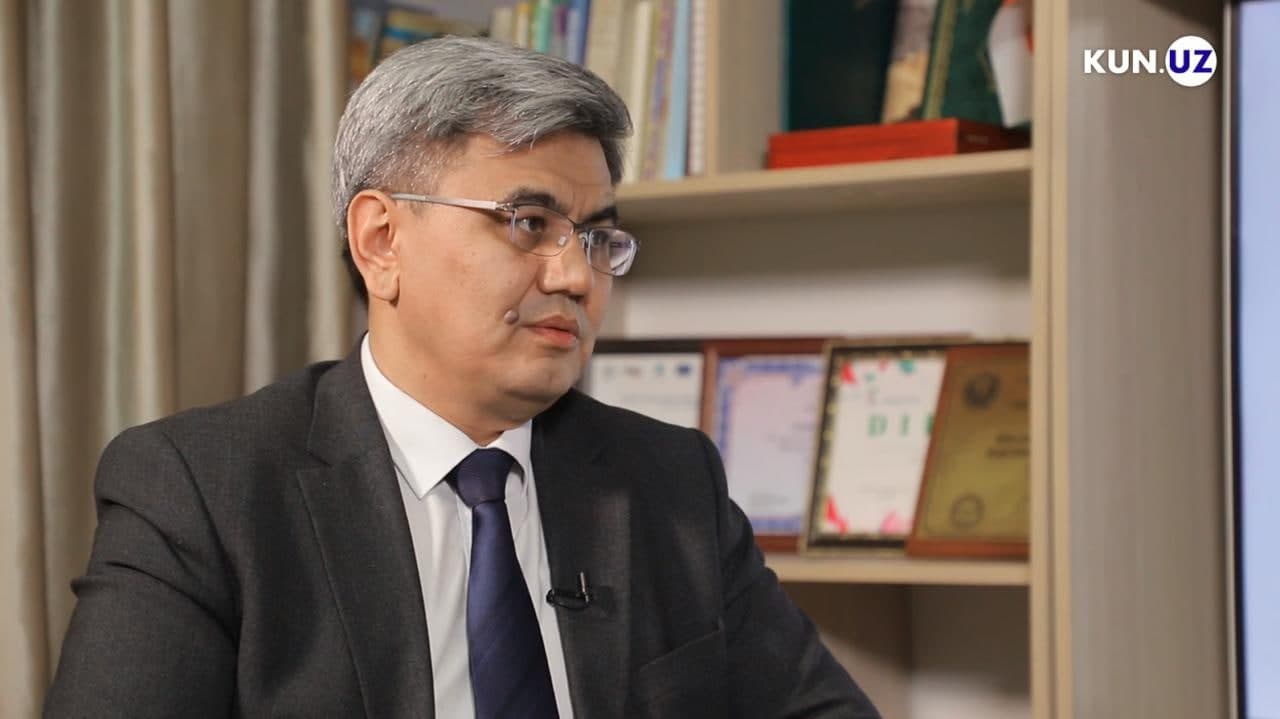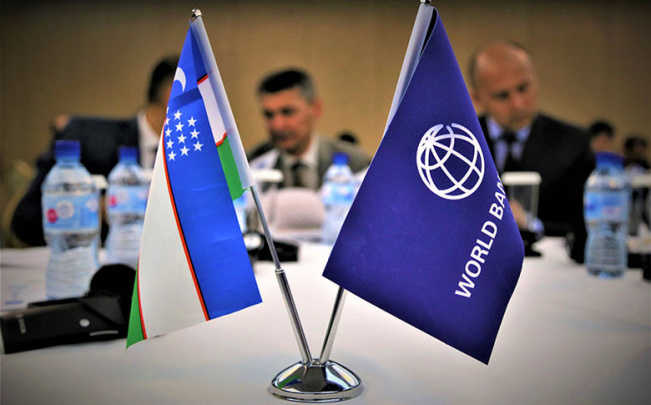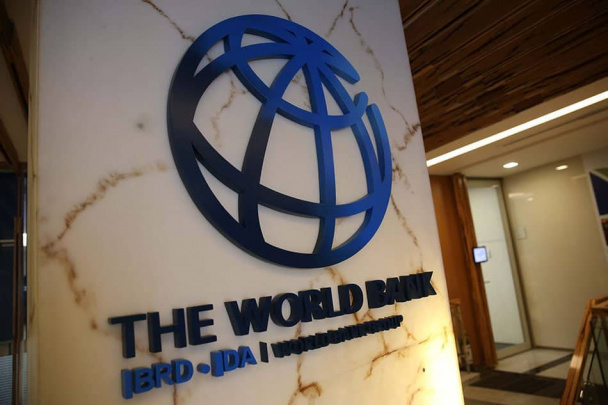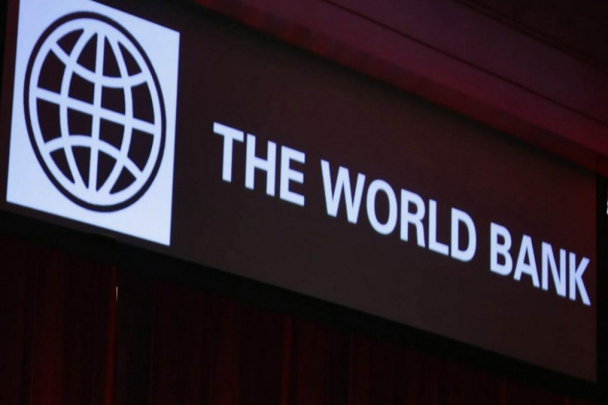“This is a global indicator of poverty” – Obid Khakimov comments on his previous saying about 5,600 soums being the poverty line
Director of the Center for Economic Research and Reforms Obid Khakimov spoke about global poverty indicators and commented on the figure of 5,600 soums per day.

Photo: KUN.UZ
“The ways poverty is measured may vary depending on the welfare of the country, its social and economic indicators,” Khakimov said during a briefing held at the AIMC.
He stated that the poverty indicator is divided into two types: global and national.
“Global poverty indicators are set by the World Bank and the organization has set the global poverty line at $3.2,” the expert noted. “Some people said if the dollar is converted at the nominal rate, it will be more than 30 thousand soums. The World Bank has developed a program to compare the solvency of each country’s currency, goods and services created in these countries, with other nations. States are assessed in accordance with this program.”
The director of the Center for Economic Research and Reforms also explained how $3.2 was converted into 5,600 soums.
“As for how $3.2 was converted to 5,600 soums, we made it clear that there is a parity of solvency. For example, what products can one buy for $3.2 in the USA? Is it the same for Uzbekistan? Can you buy these same things for $3.2? This is calculated using the PPP method, not the nominal rate. For instance, if you buy a loaf of bread in America for $2, in Uzbekistan it costs 20 cents. The difference is ten times greater. Therefore, the average is calculated for thousands of products, not for just a loaf of bread or petrol. This year when we calculated the solvency parity amount together with the World Bank experts for the period since 2011, this figure came out.
After all, people should understand that it is the global indicator of poverty. Nobody said or will say that people in Uzbekistan live for that amount. Our main goal is to develop a national poverty line. Research is currently underway to develop it,” Obid Khakimov said.
Related News

17:16 / 02.07.2025
World Bank: Uzbekistan needs more exports, less state control to sustain growth

12:15 / 02.07.2025
IMF: Uzbekistan’s public-private partnerships could burden future budgets

13:03 / 25.06.2025
World Bank provides $150M loan for Uzbekistan’s small hydropower expansion

20:13 / 12.06.2025



